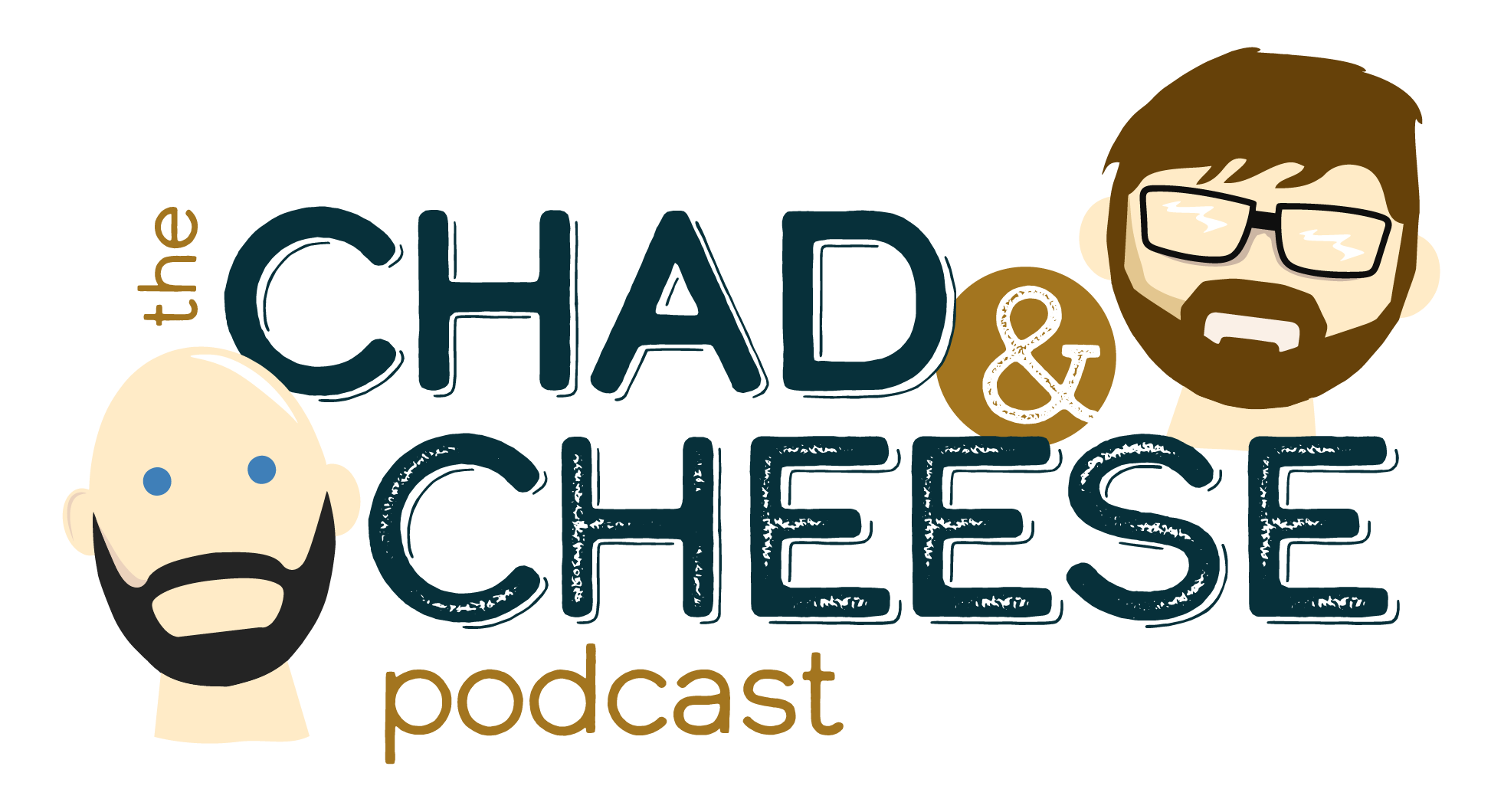10 Disability Aids to Enhance Comfort and Independence for the Elderly
Aging can bring about many hurdles, but it doesn’t have to mean losing independence or comfort in daily life. For older individuals, maintaining autonomy and quality of life is deeply connected to their ability to perform everyday tasks with ease. Disability aids have become essential tools in bridging this gap, providing support and enhancing the safety and well-being of seniors in their own homes.
From mobility aids that offer stability and freedom of movement to specialized devices that simplify daily activities, these aids play a crucial role in empowering the elderly to live more independently. Whether it’s preventing falls, aiding with personal care, or facilitating communication, disability aids are invaluable resources that help seniors navigate their golden years with dignity and confidence.
10 Must-Have Disability Aids for the Elderly
Disability aids for the elderly come in a wide range of options, each with a specific use case and end goal of extending and enhancing comfort and independence. Integrating these aids into daily life can significantly improve the safety and functionality of the home environment, enabling seniors to remain self-reliant and active. Here, we explore ten must-have aids that can make a meaningful difference for elderly individuals.
1. Mobility Aids
Mobility aids are essential for seniors who have difficulty walking or maintaining balance. These aids help prevent falls, which are a major concern for elderly individuals, and promote safe movement both indoors and outdoors. Common mobility aids include walkers, canes, and wheelchairs:
- Walkers provide stable support for those who need extra balance or have limited strength in their legs. They are ideal for those who can walk but require assistance to avoid falls. Make sure you do proper research on walkers. Depending on your need, some are much better than others. Keep an eye out for rollators.
- Canes are useful for individuals who have mild balance issues or need minimal support while walking. Canes are lightweight and easy to use, providing stability without restricting mobility. While wooden canes might look more stylish than metal canes that have a four-base, opt for the option that provides the most stability and safety.
- Wheelchairs are crucial for seniors with significant mobility limitations. They allow individuals to move around comfortably and safely, both at home and in the community.
Using these walking aids for disabled individuals can significantly enhance mobility, reduce the risk of falls, and promote independence.
2. Bathroom Safety Aids
Bathrooms are high-risk areas for slips and falls, making bathroom safety aids essential for the elderly. These aids help create a safer environment and reduce the risk of accidents:
- Grab Bars provide support for seniors as they enter and exit the shower or bathtub, or when using the toilet. They are easy to install and offer a secure grip, reducing the risk of slips.
- Raised Toilet Seats make it easier for seniors with limited mobility to sit down and stand up from the toilet. This aid reduces the strain on the knees and back, preventing discomfort and potential falls.
- Shower Chairs allow elderly individuals to sit while showering, reducing the risk of slipping on wet surfaces. These chairs are especially helpful for those who have difficulty standing for extended periods.
By incorporating bath aids for disabled individuals, caregivers can ensure a safer bathing experience for seniors, helping them maintain personal hygiene with confidence.
3. Daily Living Aids
Daily living aids are designed to assist seniors with everyday tasks, making their lives easier and more manageable. These aids can help with activities like dressing, eating, and reaching:
- Adaptive Clothing features easy closures like Velcro or magnetic buttons, making it simpler for seniors to dress themselves without the struggle of traditional buttons and zippers. Adaptive clothing is available in a variety of styles. Adaptive shirts include button-downs, polos and sweaters for men, blouses, cardigans and long-sleeve shirts for women. Adaptive pants for men and adaptive pants for women are designed to meet a variety of needs, from making dressing easier for wheelchair users to accommodating incontinence products and other medical devices. You can even find adaptive footwear and socks.
- Utensils with Adaptive Handles are designed for seniors with arthritis or limited hand dexterity. These utensils are easier to grip, making eating more comfortable and less strenuous.
Daily living aids for seniors are practical tools that promote independence and self-care, allowing them to perform everyday tasks with greater ease.
4. Bedroom Aids
Creating a safe and comfortable Sleep environment is vital for the well-being of elderly individuals. Bedroom aids help ensure that seniors can rest safely and comfortably:
- Bed Rails provide support and prevent falls while getting in and out of bed. They can also offer additional Security for those who may roll out of bed during sleep.
- Adjustable Beds allow seniors to adjust the height and angle of the bed for optimal comfort. These beds are particularly beneficial for individuals with back pain, respiratory issues, or circulation problems.
5. Hearing and Vision Aids
Hearing and vision impairments are common among older adults, often leading to isolation and communication difficulties. In fact, new research is making a connection between hearing loss and developing dementia. Hearing and vision aids can significantly improve quality of life by enhancing these senses:
- Hearing Aids amplify sound, making it easier for seniors to hear conversations and participate in social activities. They are essential for maintaining communication and reducing feelings of isolation.
- Magnifying Glasses and Reading Glasses assist those with vision impairments in reading and other activities that require clear vision. These aids can prevent eye strain and improve daily functioning.
6. Home Automation and Assistive Technology
Modern Technology offers a range of assistive devices that can greatly enhance comfort and safety for seniors at home. Home automation and assistive technology provide innovative solutions for daily challenges:
- Smart Home Devices such as smart lights, thermostats, and security systems can be controlled via smartphone or voice commands, making it easier for seniors to manage their home environment.
- Medical Alert Systems are essential for seniors living alone, providing a quick way to call for help in an emergency. These devices often come with fall detection capabilities and can automatically alert caregivers or emergency services.
- Homecare Caregiver Hubs are tech platforms that help connect an older adults’ family and caregiver in one space. This helps them share health updates, coordinate care and ensure medication has been taken and a diver is available for doctors’ appointments.
By integrating home automation and assistive technology, caregivers can create a safer, more accessible living space for elderly individuals.
7. Voice-Controlled Assistive Devices
Voice-controlled assistive devices offer hands-free assistance for seniors, making daily tasks easier to manage:
- Smart Speakers with voice-activated features can help seniors set reminders, make phone calls, or play music without needing to use their hands. These devices are particularly useful for individuals with limited mobility or dexterity.
- Voice-Controlled Home Assistants can control smart home devices, provide weather updates, and answer questions, offering convenience and enhancing the quality of life for seniors.
Voice-controlled devices provide a sense of independence and simplify routine tasks, making them valuable aids for elderly individuals.
8. Reaching Aids
Reaching aids are designed to help seniors access items that are out of reach, reducing the need to stretch, bend, or climb:
- Grabbers or Reachers are long-handled tools with a gripping mechanism that allows users to pick up objects from the floor or reach items on high shelves. These aids are particularly useful for seniors with limited mobility or balance issues.
Reaching aids can prevent falls and reduce the strain on joints, making them an excellent addition to any senior’s daily living toolkit.
9. Dressing Aids
Dressing aids assist seniors in putting on and taking off clothing with minimal effort, promoting independence in daily dressing routines:
- Button Hooks and Zipper Pulls make it easier for individuals with arthritis or limited hand strength to fasten buttons and zippers. These tools reduce frustration and make dressing simpler.
- Shoe Horns help seniors slip on shoes without bending over, reducing the risk of falls and making dressing more manageable.
Dressing aids empower elderly individuals to dress themselves independently, maintaining their dignity and confidence.
10. Non-Slip Mats and Rugs
Non-slip mats and rugs are essential safety aids that help prevent falls in the home, particularly in high-risk areas like the bathroom and kitchen:
- Non-Slip Mats are designed to stay securely in place, providing a stable surface for seniors to stand on. They are especially useful in wet areas, such as bathrooms, to prevent slipping.
- Non-Slip Rugs add safety and comfort to living spaces, reducing the risk of trips and falls. These rugs are ideal for use in hallways, kitchens, and bedrooms.
Non-slip mats and rugs are simple yet effective aids for elderly individuals, enhancing safety and reducing the risk of accidents at home.
Tips To Choose The Right Aid
Selecting the right aids for the elderly at home involves considering several factors to ensure the best fit for their needs and Lifestyle. Here are some tips to help you choose the right aids:
- Assess Individual Needs: Evaluate the specific needs of the elderly person, considering their mobility, dexterity, vision, and hearing. This will help you identify which aids are most appropriate for their daily challenges.
- Consult a Healthcare Professional: Speak with a doctor, occupational therapist, or physical therapist to get professional advice on which aids will be most beneficial. They can provide recommendations based on the individual’s medical condition and capabilities.
- Consider Ease of Use: Choose aids that are easy to use and understand, especially if the senior has cognitive impairments or limited technical skills. Simplicity and user-friendly designs are crucial for encouraging regular use.
- Prioritize Comfort and Safety: Select aids that provide comfort and enhance safety. For example, non-slip mats, grab bars, and adaptive clothing should be comfortable to use while reducing the risk of falls and injuries.
- Quality and Durability: Invest in high-quality aids that are durable and reliable. These aids should withstand regular use and provide long-term support, ensuring value for Money and peace of mind.
- Test Before Buying: Whenever possible, test the aids with the elderly person to ensure they are comfortable and meet their needs. This can prevent purchasing aids that are unsuitable or uncomfortable.
- Consider the Home Environment: Take into account the layout and size of the home when choosing aids. For example, mobility aids should fit comfortably in hallways and doorways, and non-slip mats should be appropriate for bathroom and kitchen spaces.
Conclusion
Disability aids play a crucial role in enhancing the quality of life for older individuals by promoting independence, safety, and comfort. From mobility aids and bathroom safety devices to daily living aids and assistive technologies, these tools provide essential support for seniors navigating the challenges of aging. Choosing the right aids involves careful consideration of individual needs, preferences, and home environments.
By selecting the appropriate aids, caregivers and family members can help older loved ones maintain their autonomy, reduce the risk of accidents, and improve their overall well-being. Explore our wide range of aids for the elderly at home to find the perfect solutions for your loved ones.
Frequently Asked Questions (FAQs)
The most common types of disability aids for the elderly include mobility aids (walkers, canes, wheelchairs), bathroom safety aids (grab bars, raised toilet seats), daily living aids (adaptive clothing, utensils), and assistive technology (voice-controlled devices, medical alert systems).
The best type of mobility aid depends on the individual’s specific needs and mobility level. Walkers are ideal for those needing extra balance support, canes are suitable for mild stability issues, and wheelchairs are necessary for individuals with significant mobility limitations.
To determine the right disability aid for your loved one, assess their specific needs, consult healthcare professionals, consider their comfort and ease of use, and test the aids whenever possible to ensure they are suitable and effective.

























